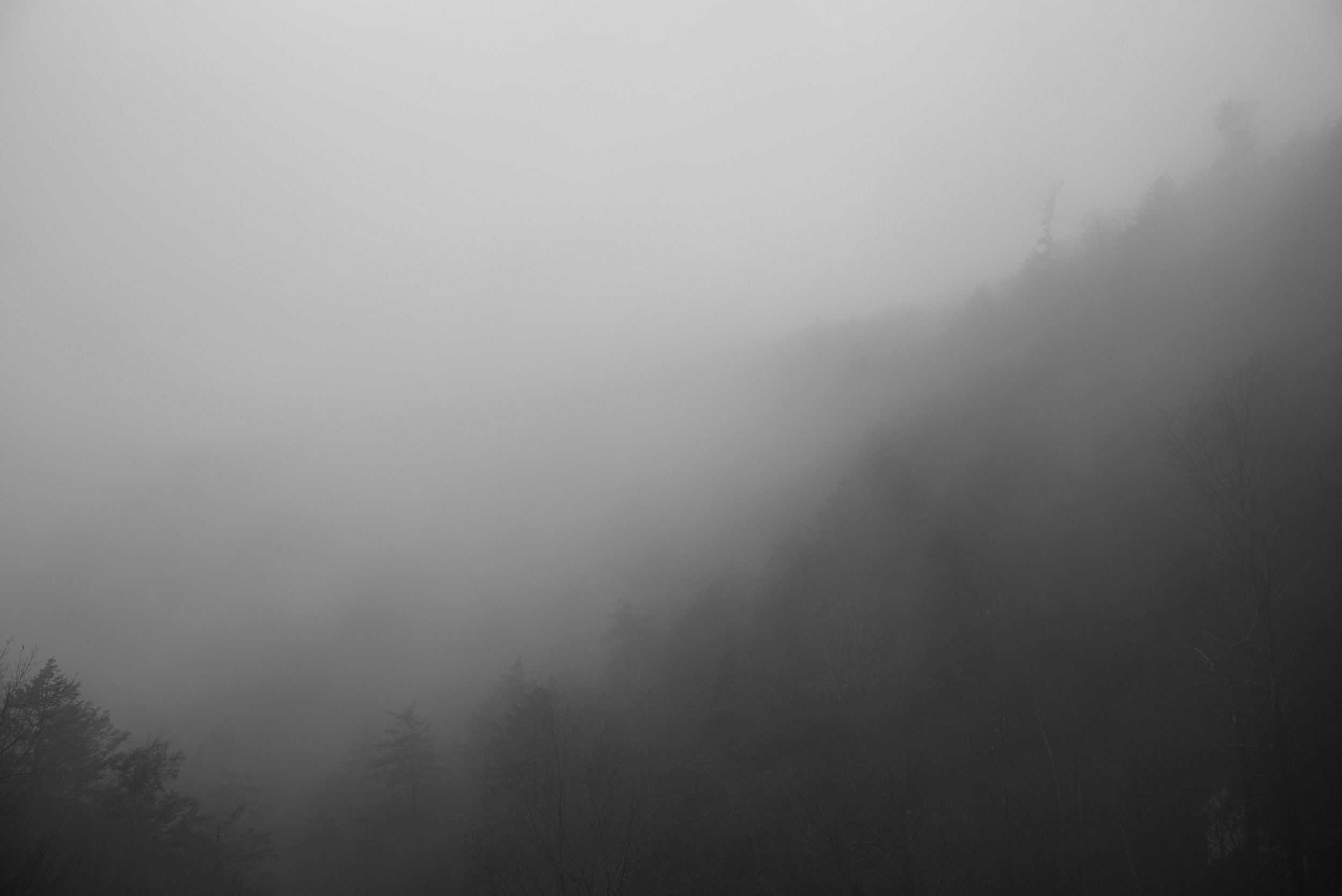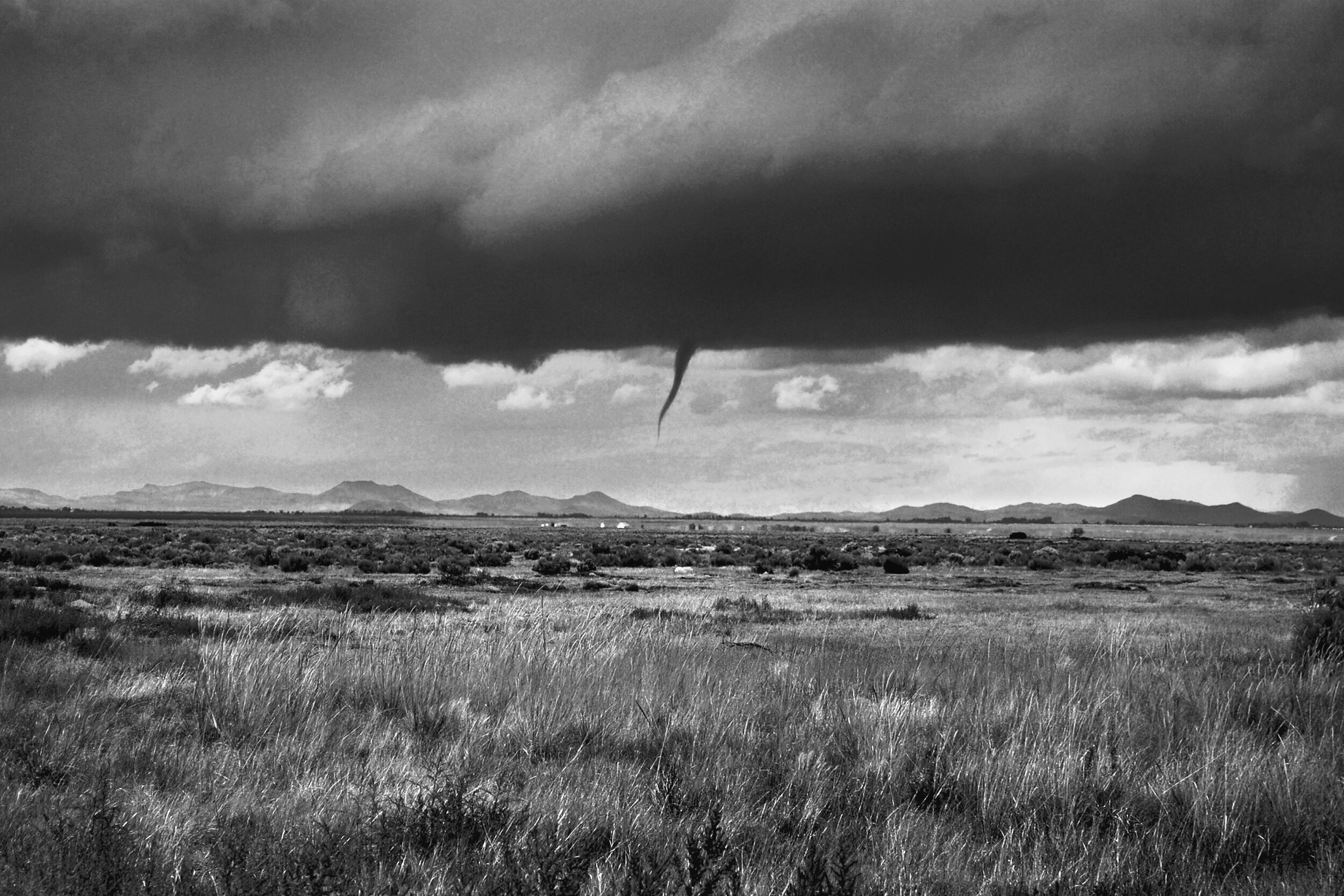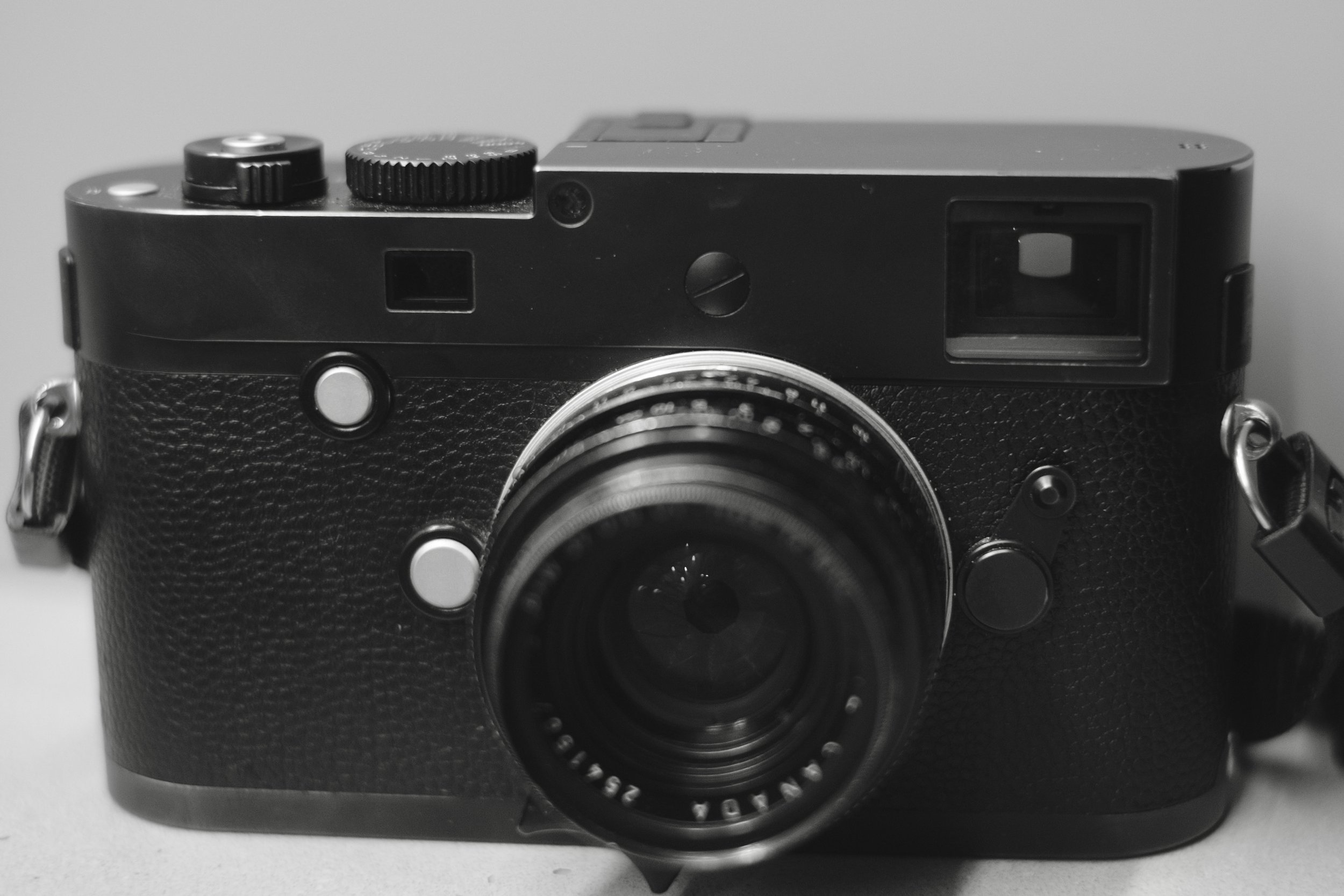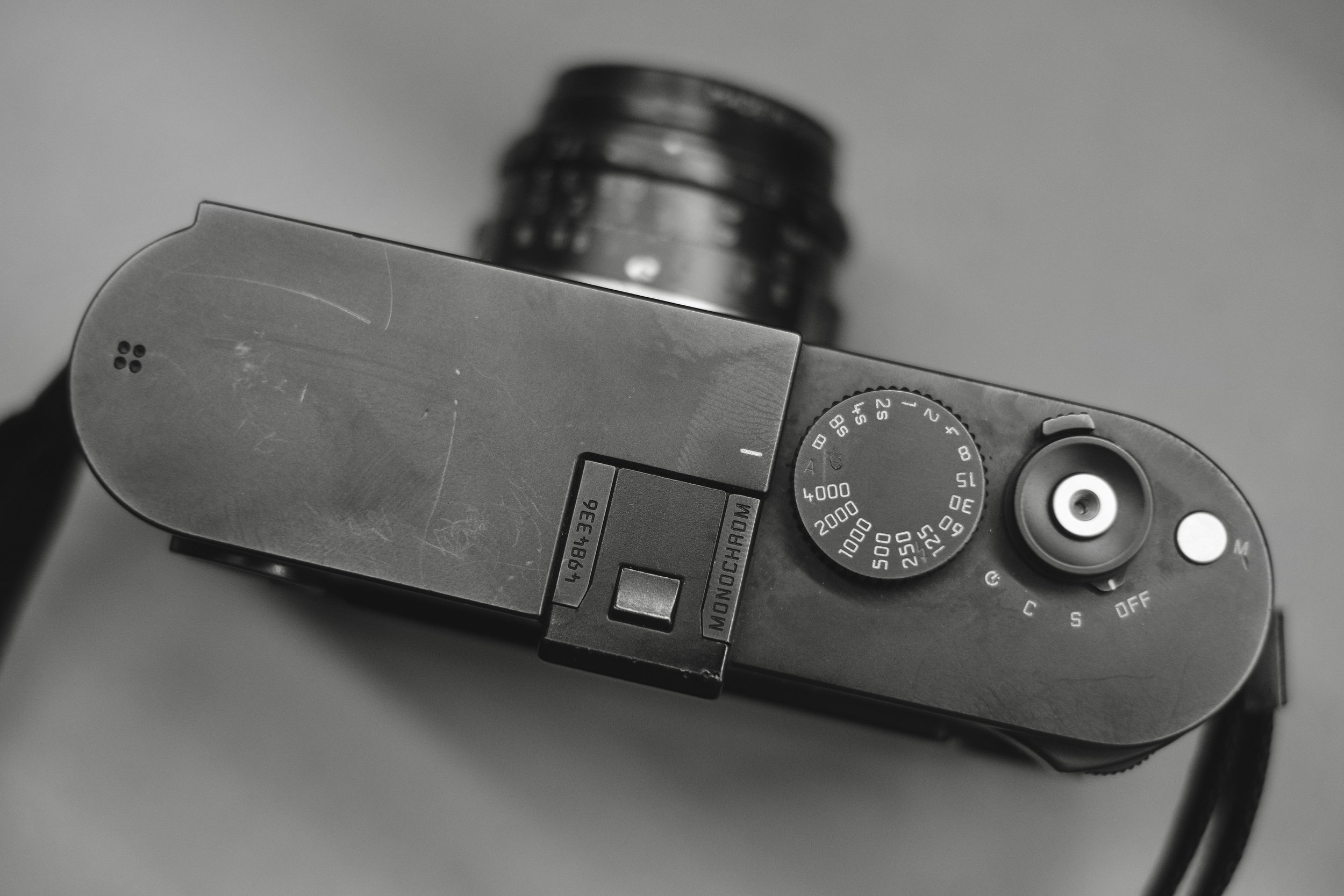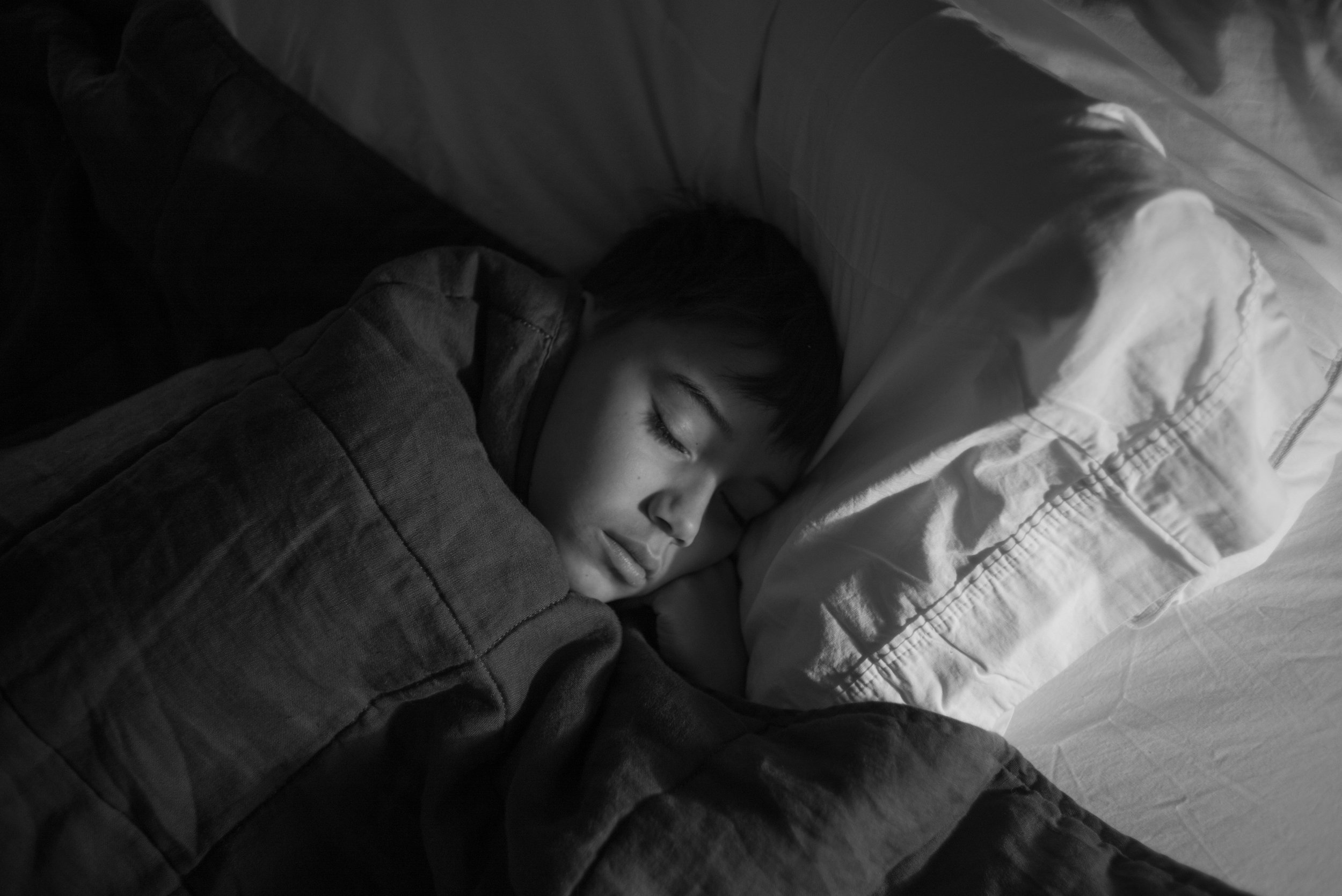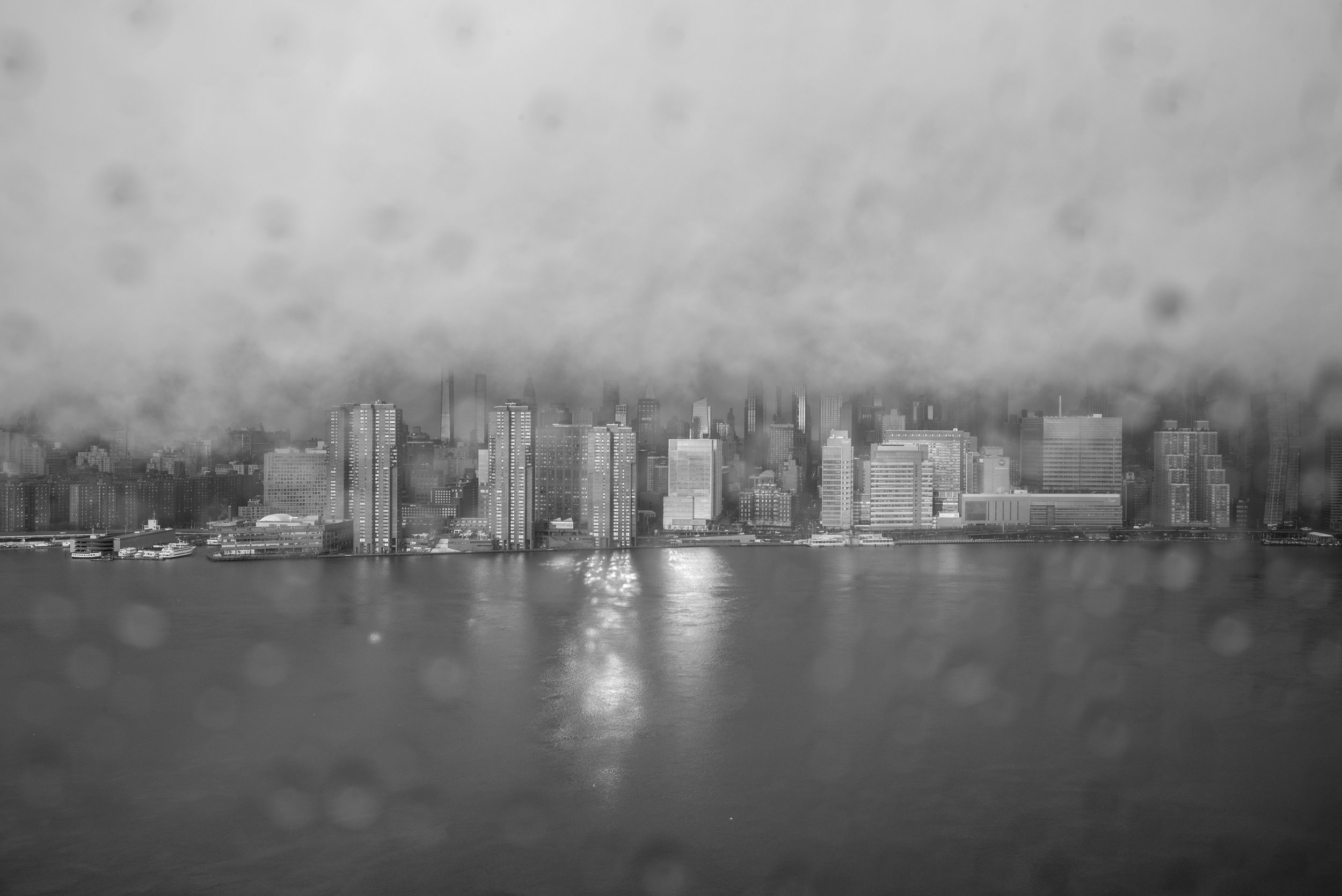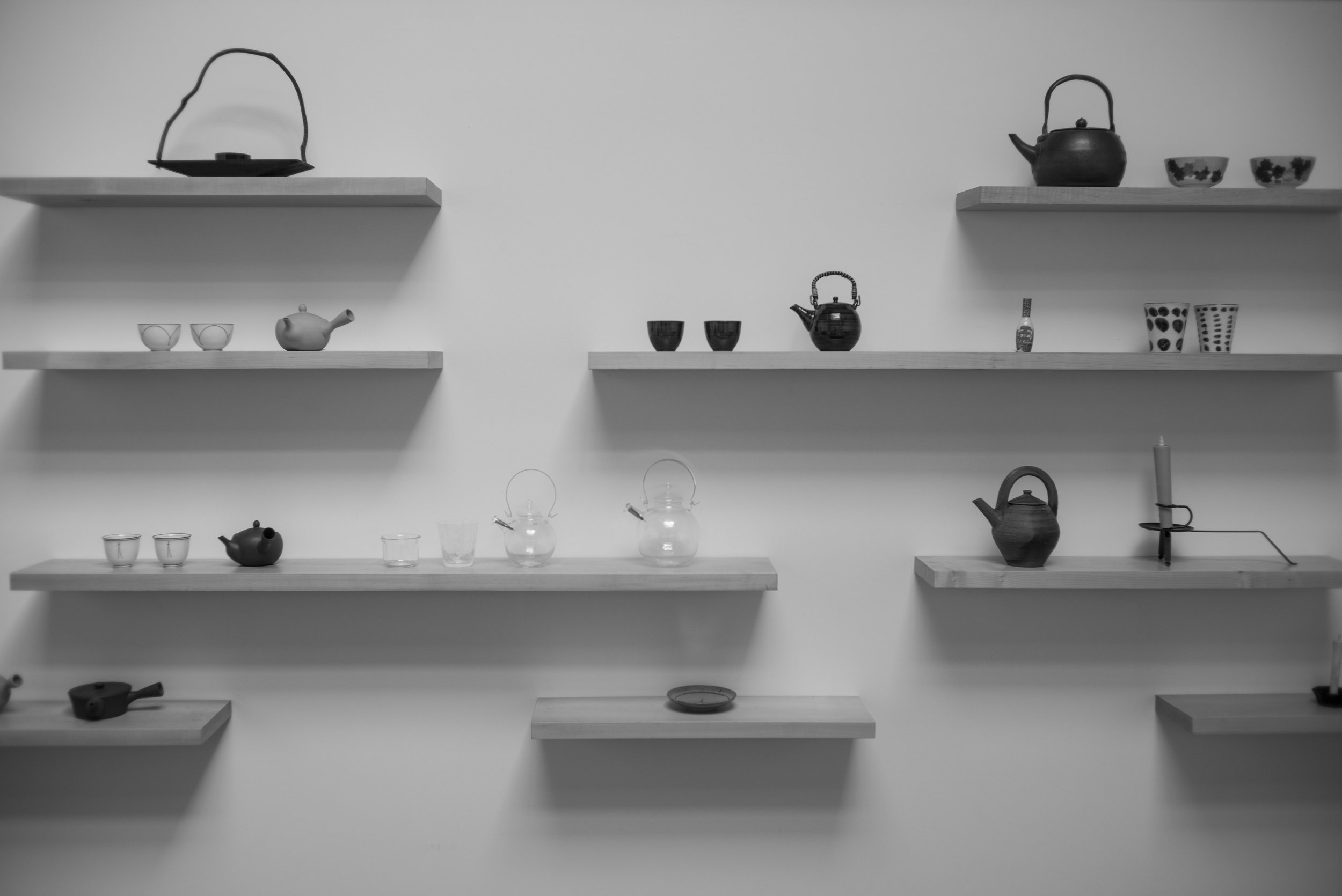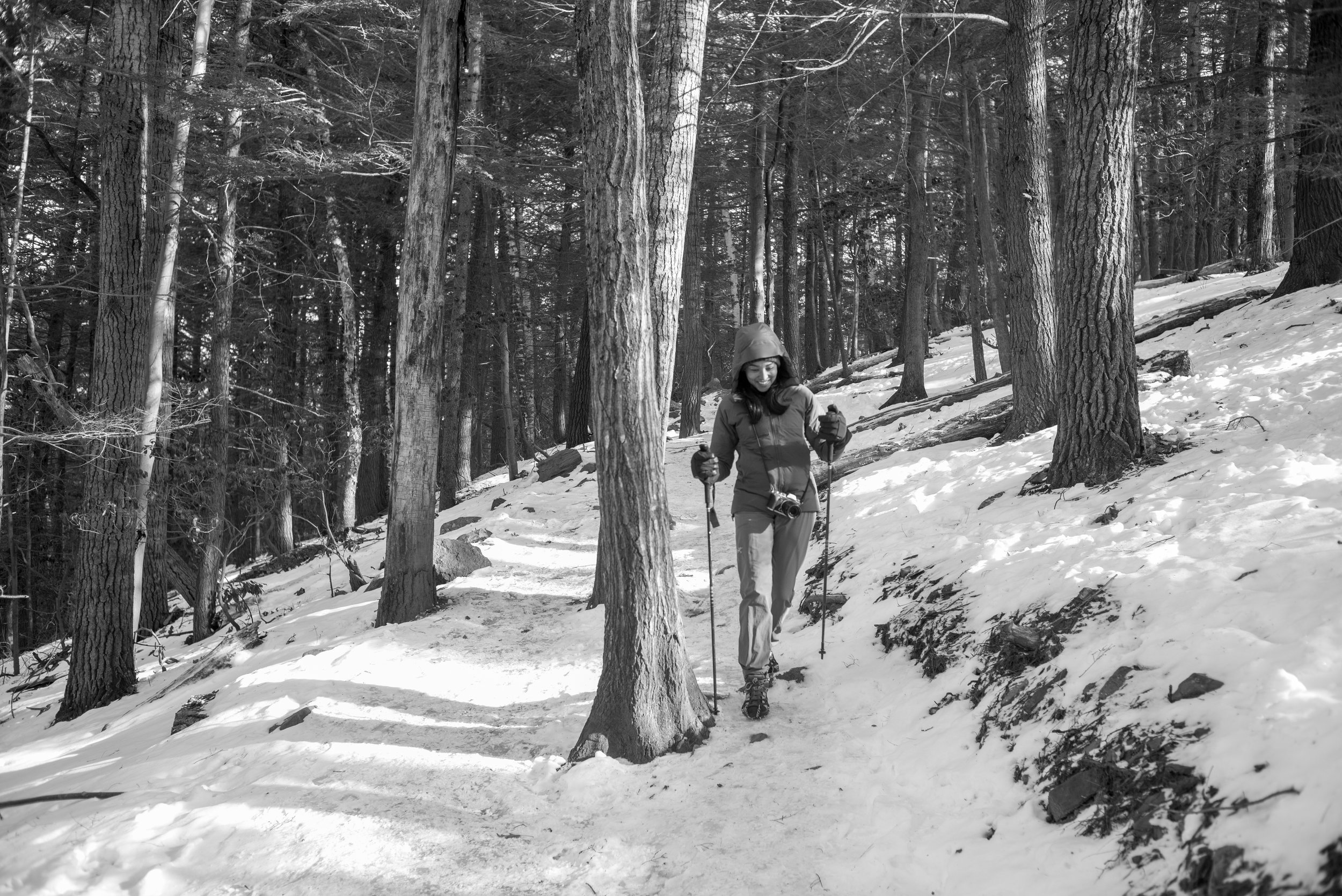Every Day
The concept of a daily practice stretches across many disciplines. Practice is the central focus of this post as I believe time and effort translates to better results. More specifically, there is a creative and technical aspect to photography and both are equally important. For example, the more you use your camera, the more you intuitively know how to use it, no matter what the situation. Whether it is pitch black, raining, snowing, or you have wet hands, knowing your camera by touch alone has been an important part of my photography journey. Secondly, and most importantly, making photographs requires “seeing” photographs. What I mean by this is the ability to recognize elements that when aligned, will be visually interesting. Most of the time, when I press the shutter, I’ve seen the photo in my mind already, and the photographic process is me positioning myself and my camera to properly capture what I envisioned.
“The building blocks of a daily practice is finding a multitude of subjects that interest you. ”
Carrying your camera on a daily basis, making photographs every day, and looking constantly for photos requires discipline. The central building block of a daily practice is finding a multitude of subjects that interest you. Personally, I enjoy photographing my own life and nearly everything in it, which is most likely an outcome of focusing on photography as a daily practice. This allows me to think creatively, a tremendous benefit when it is time to “perform” as a photographer. By perform, I am referring to situations when making the photograph matters. When does it matter? When someone is paying you to photograph a subject or assignment, when you’re in a unique environment and situation that may be a once in a lifetime experience, or you’re focused on your own personal projects and your time is limited so when you’re able to work on it, you have to make it count… these are all examples of when it really matters. I find it difficult to think creatively if I haven’t been in that frame of mind for a while. When I am working the creative muscles often, I find it second nature when it matters most.
99% of the photos I take per year are not great. Statistically speaking, since I photograph daily, I aim to achieve 1 or 2 “great” photos per year. I define great as a photograph that will stand the test of time, has depth and emotion, and is representative of my visual style. My goal is to create 50 great photos in my lifetime, which requires honest and tight editing. This doesn’t mean I don’t take good photos that myself and others like, but one has to shoot often to capture great photos. Having a daily practice is my way of chipping away at this 50 great photos goal, which I know will take a lifetime. Below are a few daily recent photos.
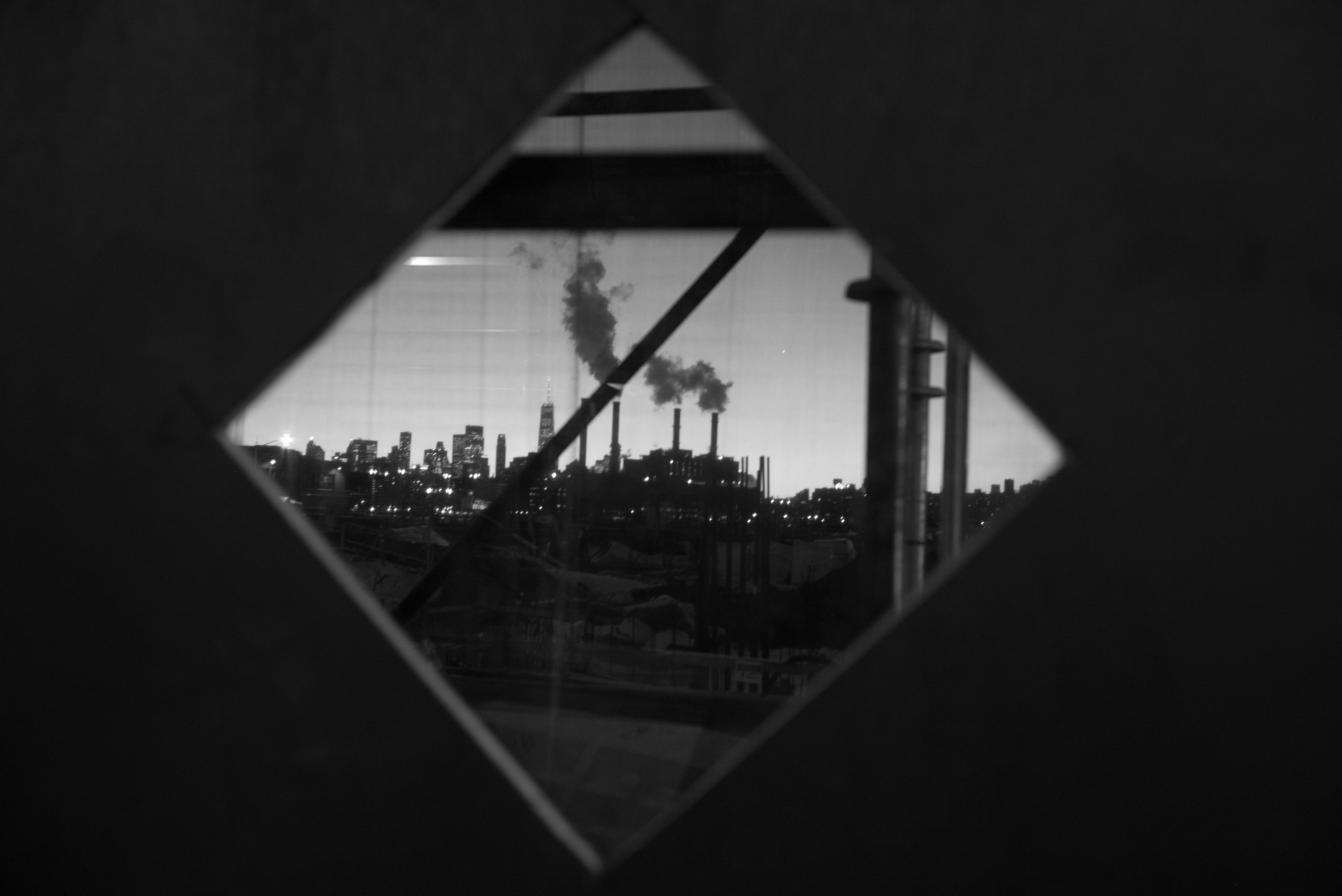
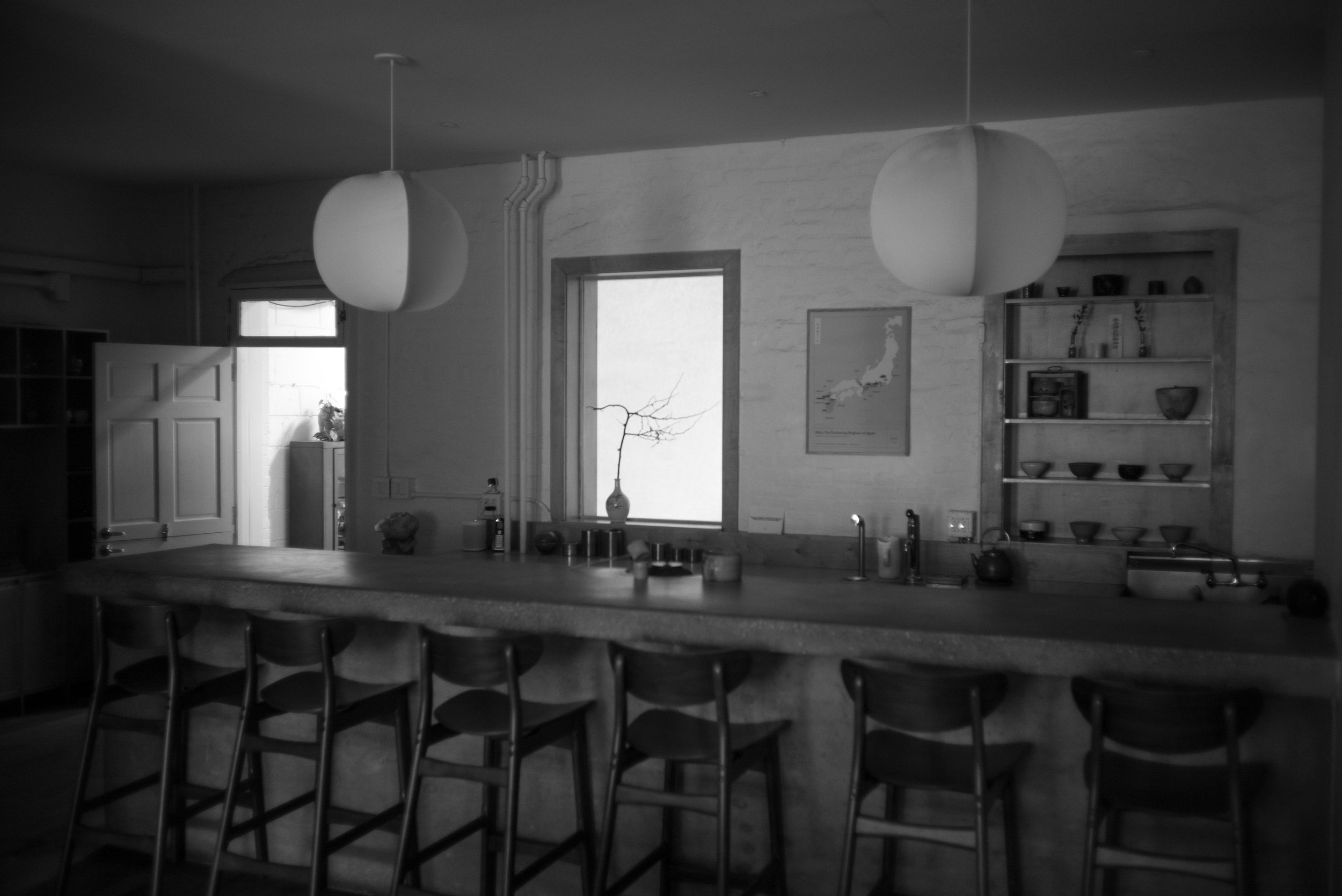
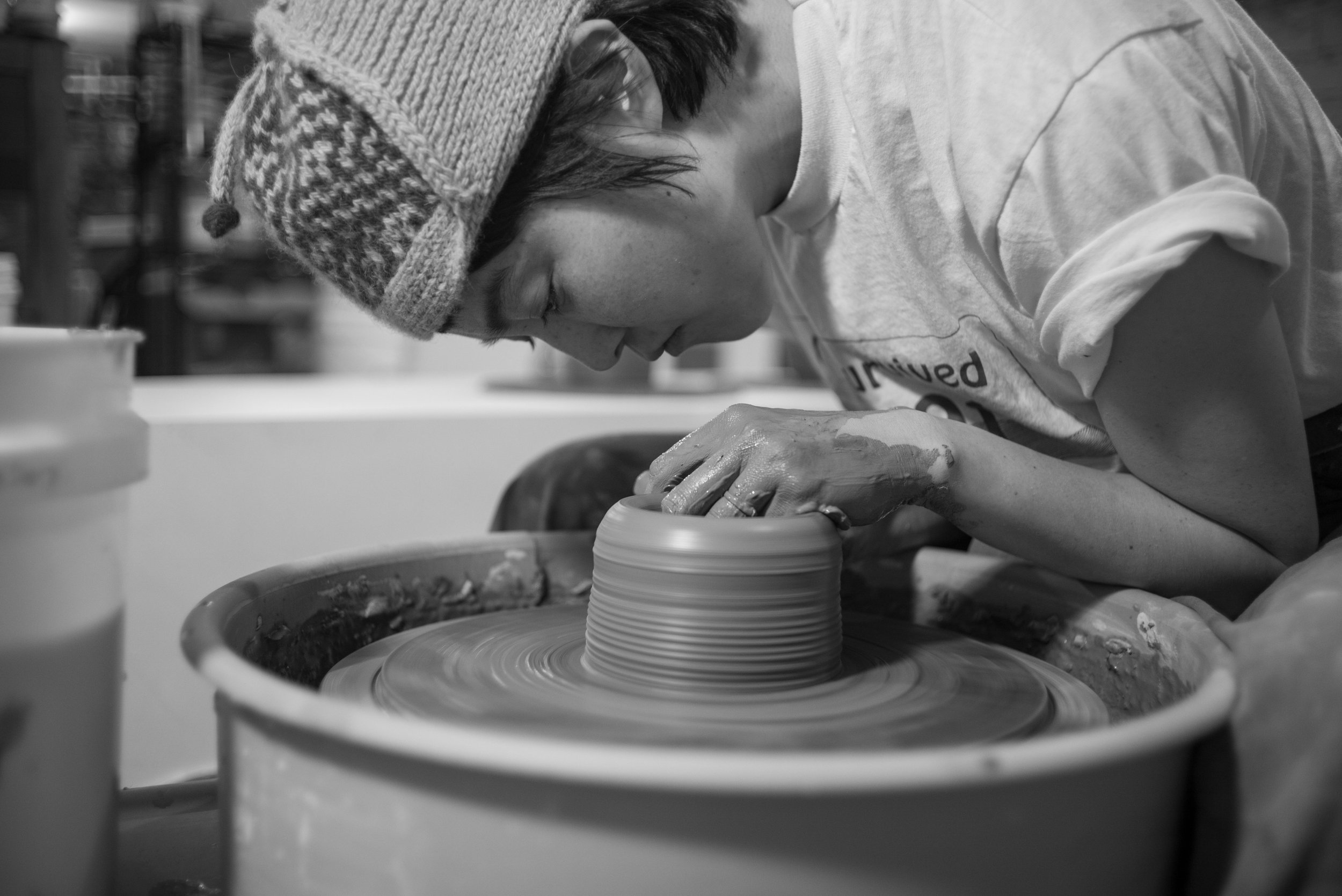
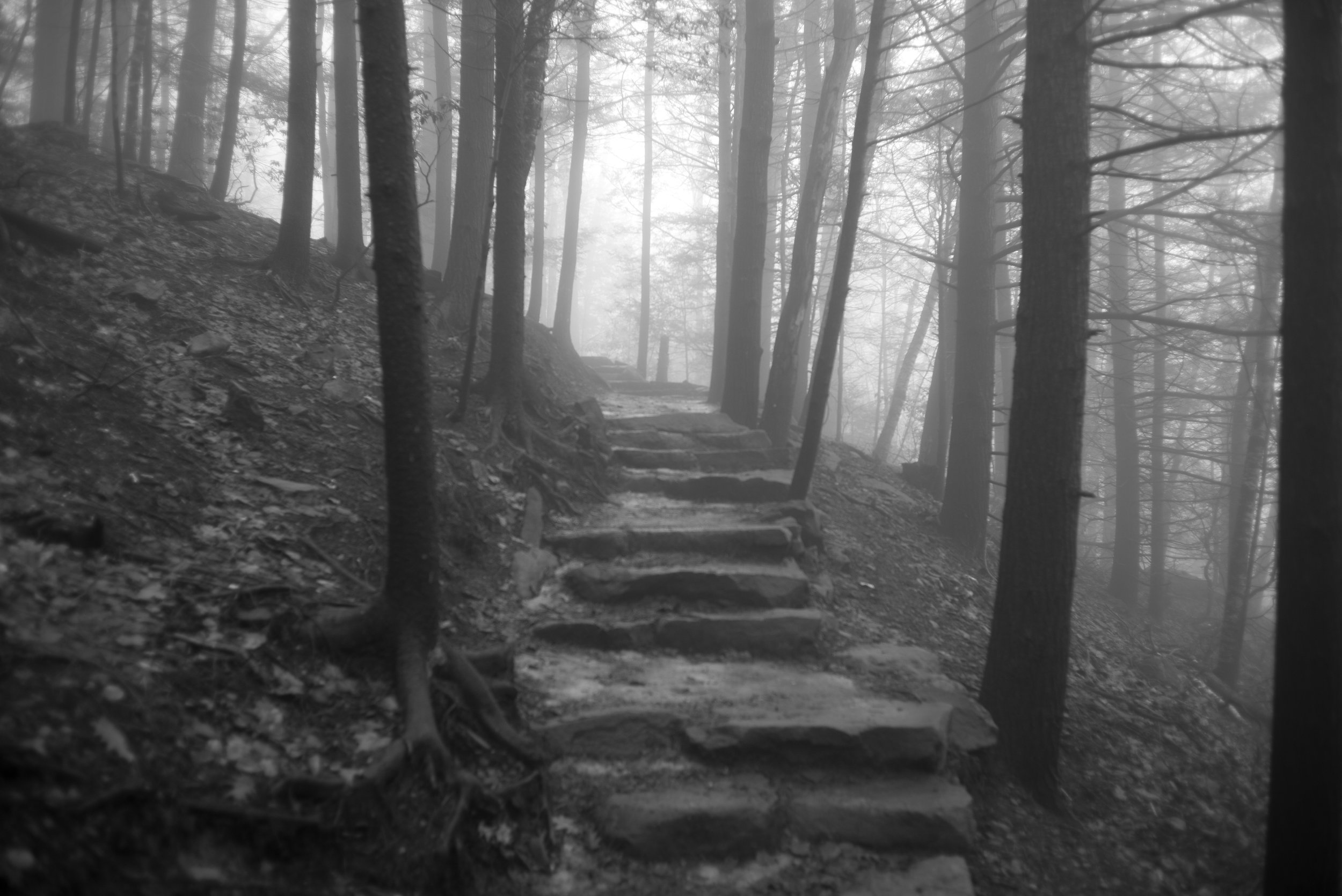
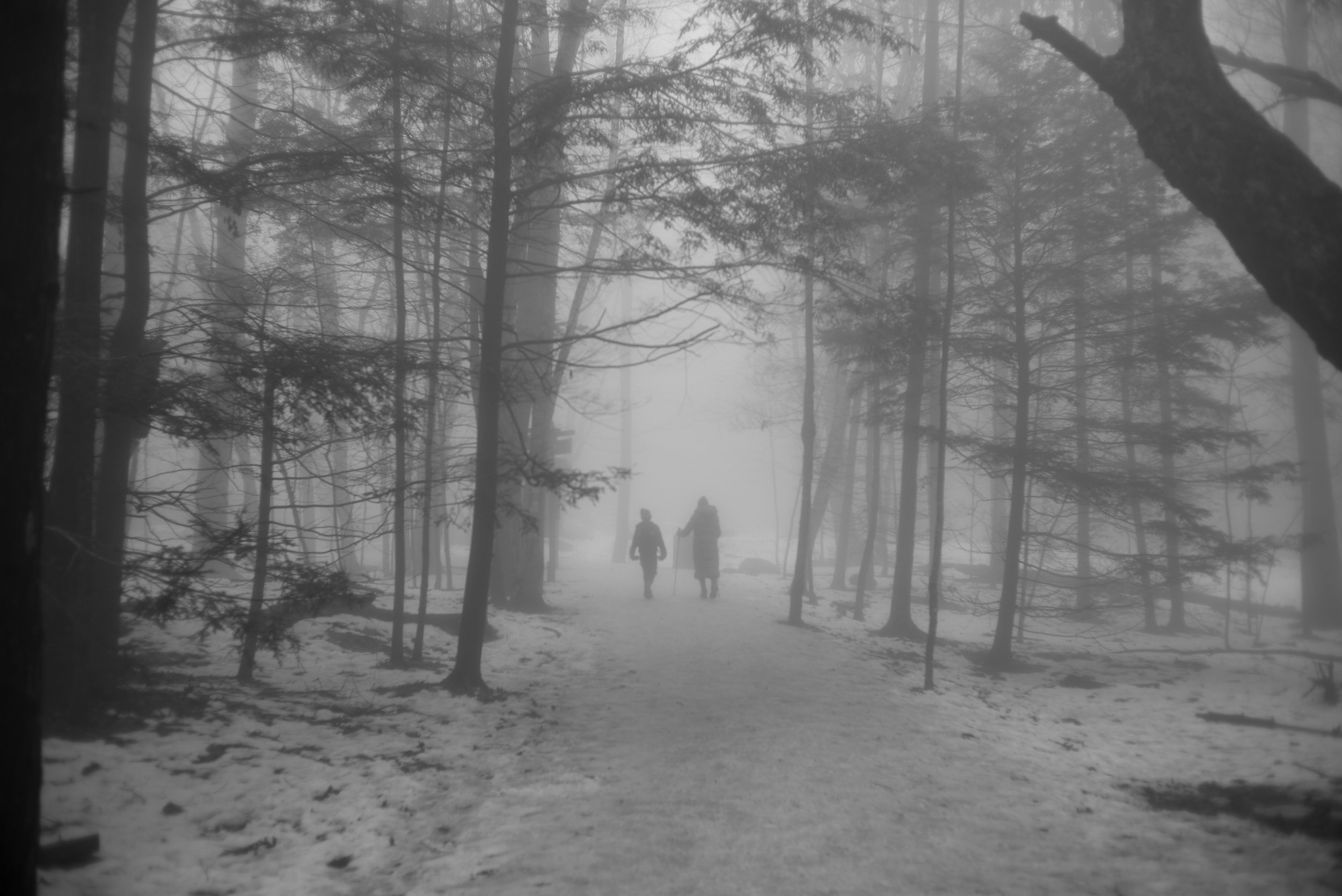
Follow along!
The best camera is…
Have you heard the phrase, “the best camera is the one you have with you”?
17 years ago, I received a hand me down from my sister, a Nikon F100. If you’ve never held one, it feels like a tank. The camera has a wonderful rubbery grip, a big beautiful viewfinder, and an authoritative thunk when the shutter fired… I was hooked from the moment I started using it. Inside the camera bag were a couple of lenses, a flash, and even the manual. Yet, my journey with the F100 was short lived. As soon as I enrolled in a photography 101 course, which was the impetus for the hand me down, I was required to purchase a fully manual camera with a 50mm lens. I am forever grateful of this requirement.
A boy enjoying the open fire hydrant on a hot summer day in the South Bronx. This is one of my earliest photos taken on a Leica M4 and Tri-X.
“Film required patience, intention, and the process of making, it required a deeper level of care.”
My next camera was the Nikon FM with a Nikkor 50mm F1.4 AI lens. I don’t recall taking any good photos in my first photography course, but the lessons I learned from professor Gaskins taught me to how to use light. Furthermore, shooting black and white and working in the darkroom is an experience that is almost indescribable. The mystery of light and chemistry and the slow reveal as you develop your image is why I am forever grateful for shooting manually. Film required patience, intention, and the process of making, it required a deeper level of care.
A tornado begins to touch down on the Colorado and New Mexico border. This was one of my first digital photos taken on a Nikon D60 that my father bought me.
After using the Nikon FM and D60 alongside one another to photograph life and everything in between, I built up a strong enough portfolio to start getting assignments with the Village Voice. Next camera up, the Canon 5D. I traded in the D60 and purchased the following lenses, 17-40mm, 70-200mm and 50mm. After some success working as a photojournalist, I said goodbye to the Nikon FM and hello to my first Leica, the M4. The Leica came everywhere with me and helped scratch and itch… the itch was the joy of photography, a practice of observation and timing, being in tune with the world. Not to mention, it weighed less than my digital cameras and it was fun to shoot. 99% of the time I loaded Tri X and made photographs as I went about my life. Diaristic in nature, I shot about 1 roll per week and truly felt like I was making photographs, not taking photographs. I felt like I was learning how to be a photographer again.
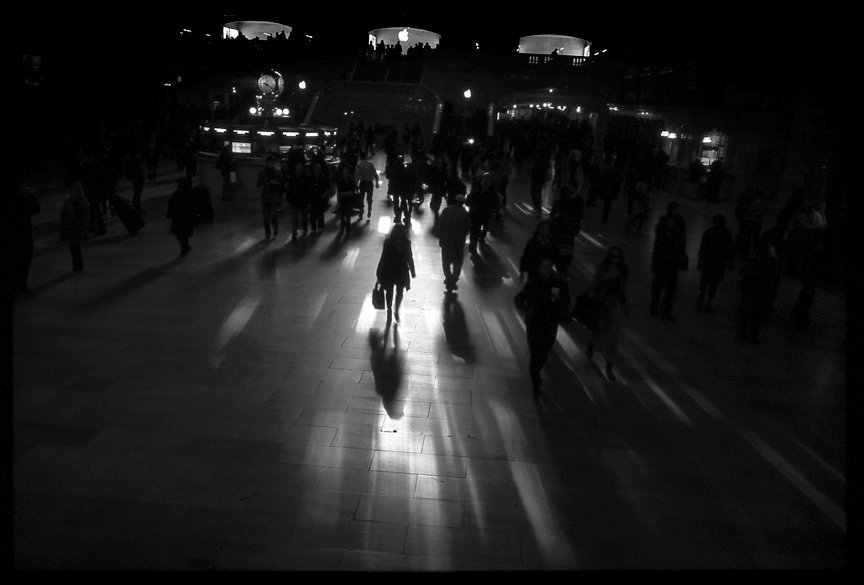
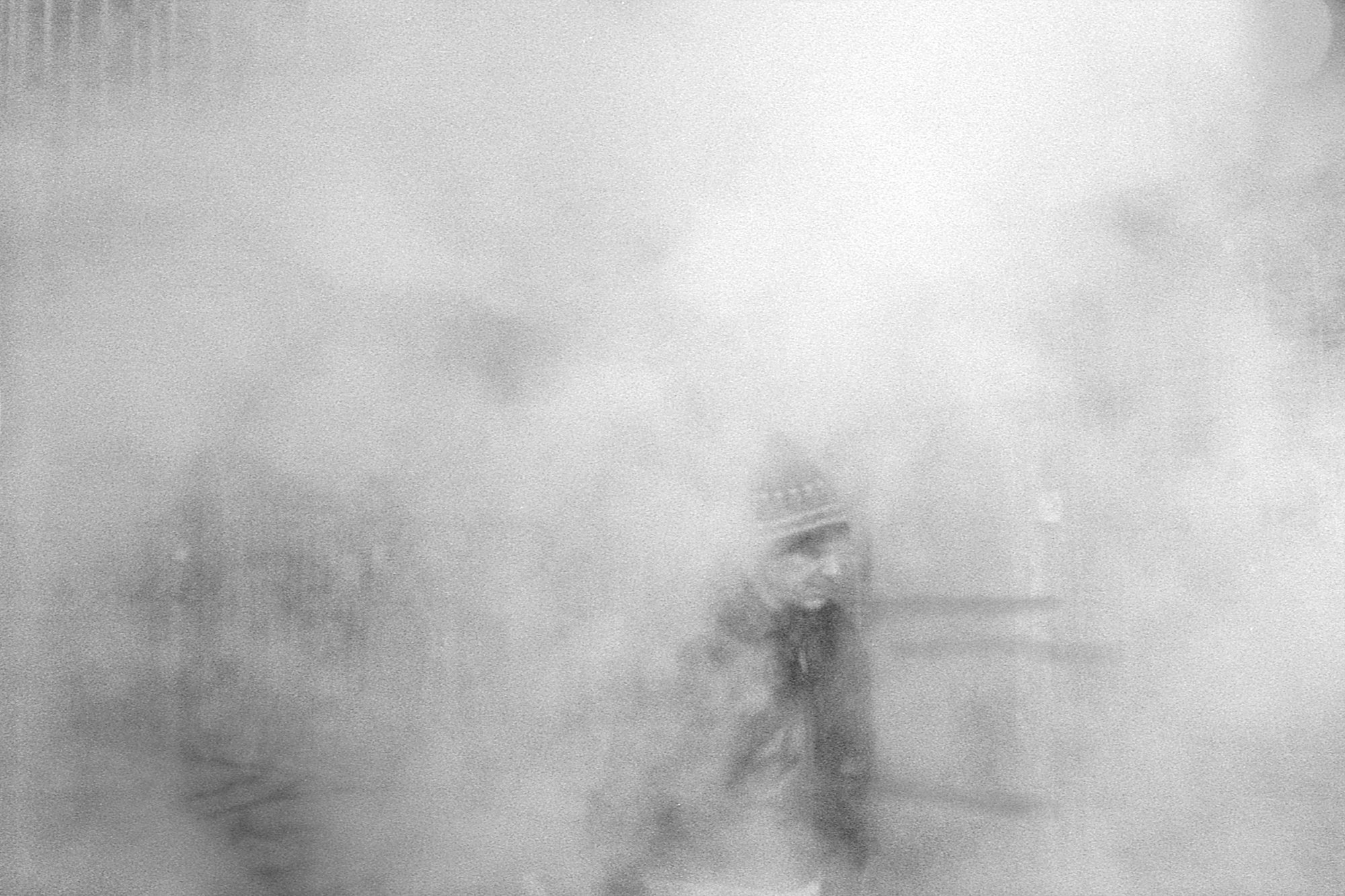
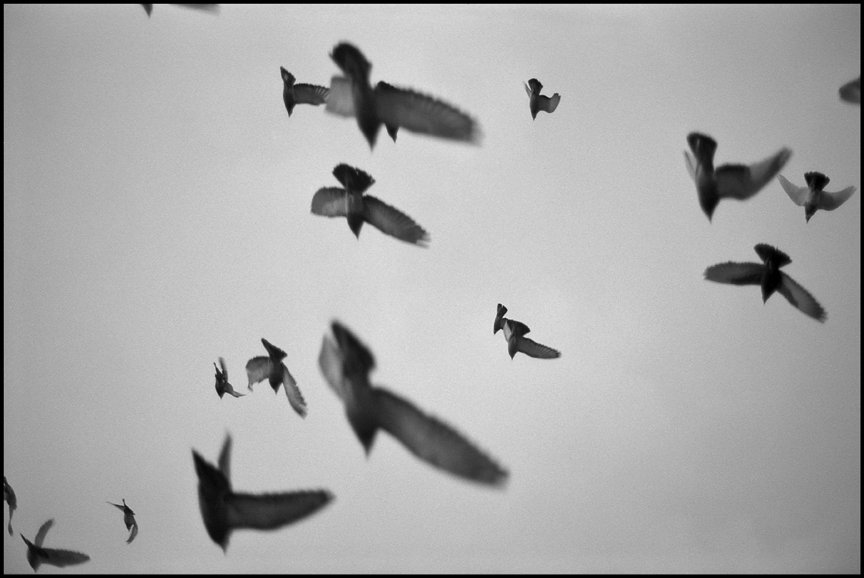
Fast forward, I made my way through a number of cameras, 5D MK II, 1D Mk II, Nikon D700, D600, Leica M8, Leica M6, Fuji X100, Fuji XT2, and Fuji XT3. I used all of these at some point over the course of a decade, and a film Leica was sidekick to all of them. The shortest lived camera was the Leica M8… it just felt clunky. Second shortest lived, the Leica M6, I couldn’t stand having a light meter and it was unnecessary. In 2019, I sold my Leica M4 as I grew tired of scanning film and Fujifilm succeeded in making the most filmic digital experience ever. From 2018 to present, I mainly used a Fuji XT series with a 40mm lens. Light, simple, film like imagery. Last year I moved on to the Fuji XH2-S and my wife received a hand me down, the well used XT3. Despite the XH2-S being a remarkable camera and visual tool, I woke up one day recently with another itch… I missed my Leica.
Enter the Leica M246, also known as the Leica Monochrom. Paired with a 35mm Summicron from 1972, the imagery is creamy, sharp, soft, and tonally deep. Film is special and unique, and the monochrom feels nearly the same. I knew instinctively that shooting a Leica would bring back a joy I had missed for years. The same joy I referred to above, the intentional, diaristic process of looking and making photographs. It’s not that I wasn’t making photographs for years, I just wasn’t using my preferred tool. In conclusion, the best camera is the one that excites you and makes you want to take it everywhere.
A few images from the first 2 weeks of owning the Leica M246. Follow along below for more updates.

